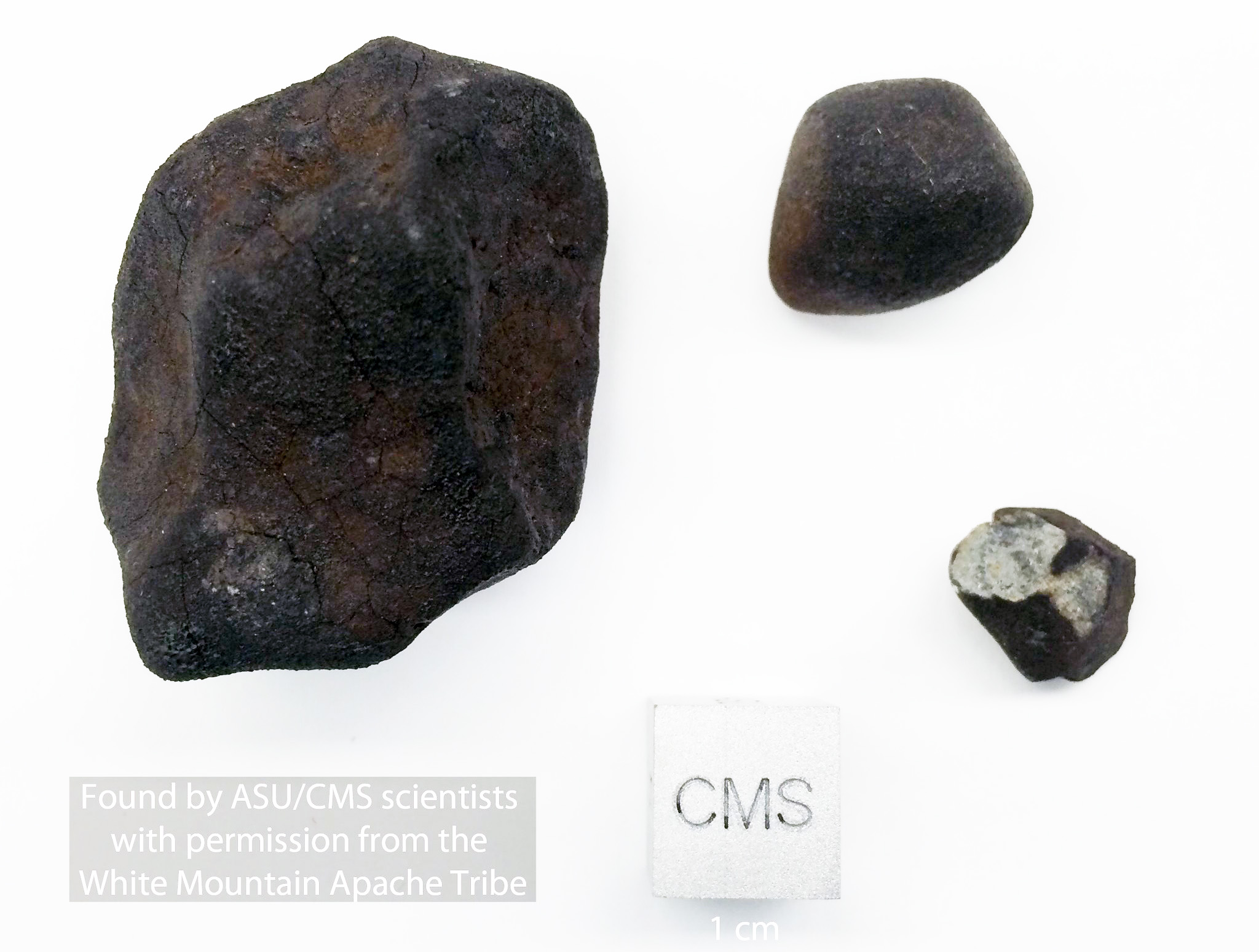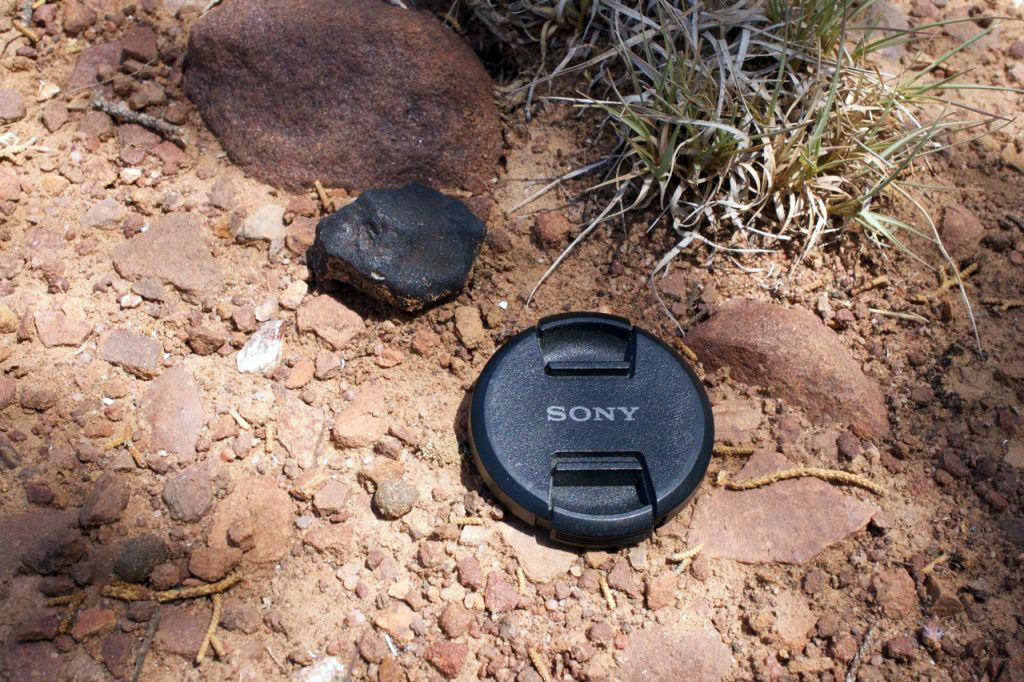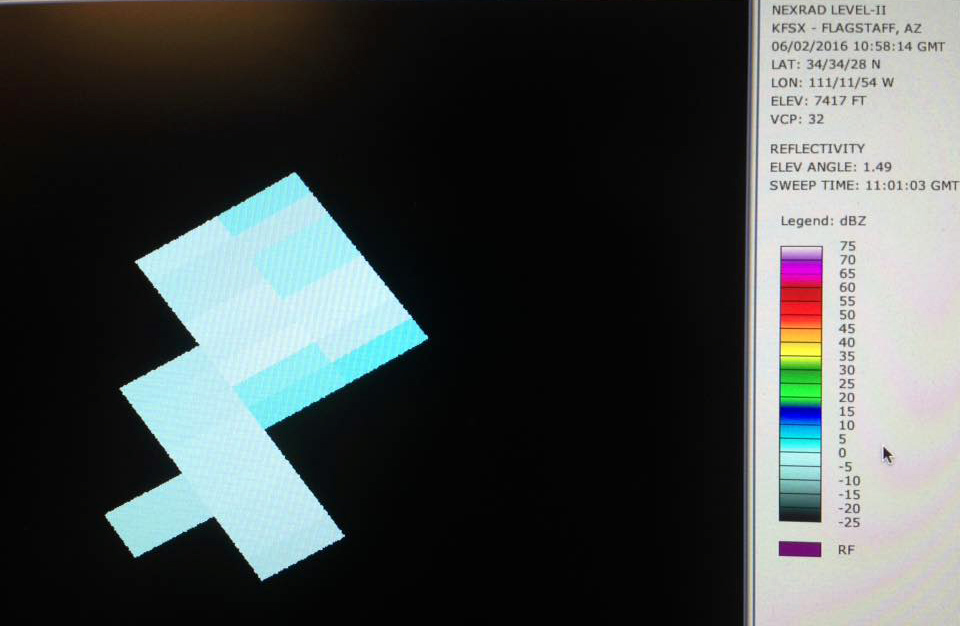Dishchii’bikoh Ts’iłsǫǫsé Tsee – 15 meteorites (79.46 g, LL7) of June 2, 2016 bolide (~10:56:28 UTC) found on White Mountain Apache Tribal land, Arizona, USA
Last update: 29 May, 2017
Dishchii’bikoh Ts’iłsǫǫsé Tsee ♫ has been officially registered as witnessed fall: LINK
More information on the Dishchii’bikoh Ts’iłsǫǫsé Tsee fall can be read HERE.
The meteorite search
As announced by Arizona State University on 28 June 2016* fifteen meteorites (79.46 g), weighing between 0.9 and 28.64 (29.35 ?) grams, (ordinary chondrites, LL7) have been found during a 132-hour-search expedition by Arizona State University. The first pea-sized meteorite (0.93 g) was found on June 22 by Robert Ward at location 33°53’19.7″ N, 110°37’55.0″ W. The ‘reconnaissance expedition’ was lead by Laurence Garvie who together with ASU’s assistant vice president of tribal relations, Jacob Moore, had contacted Chairman Ronnie Lupe of the tribal council of the White Mountain Apache Tribe shortly after the fall to ask permission to search on tribal land. The search team was supported by tribal chief ranger Chadwick Amos and Game and Fish director Josh Parker. Other team members were Prajkta Mane and Daniel Dunlap, two grad students of ASU’s Center for Meteorite Studies and three private meteorite hunters (Robert Ward, Ruben Garcia and Mike Miller) who had been invited upon condition that they would hand over any found meteorites to ASU. The fifteen found meteorites are property of the White Mountain Apache Tribe and will be curated at ASU. The largest specimen (29.35 g), provisionally named LG2, was found by Laurence Garvie around this location 33°53’01.8″N 110°38’17.9″W on a plateau in the southwestern corner of the White Mountain Apache Reservation. At least one more search expedition is planned. Its goal is to find larger masses to establish a map of a strewn field. The negotiations between ASU and the tribal council are said to be in progress. The meteorites found so far are on public display at the Center for Meteorite Studies at Arizona State University .
[wc_row][wc_column size=”one-half” position=”first”]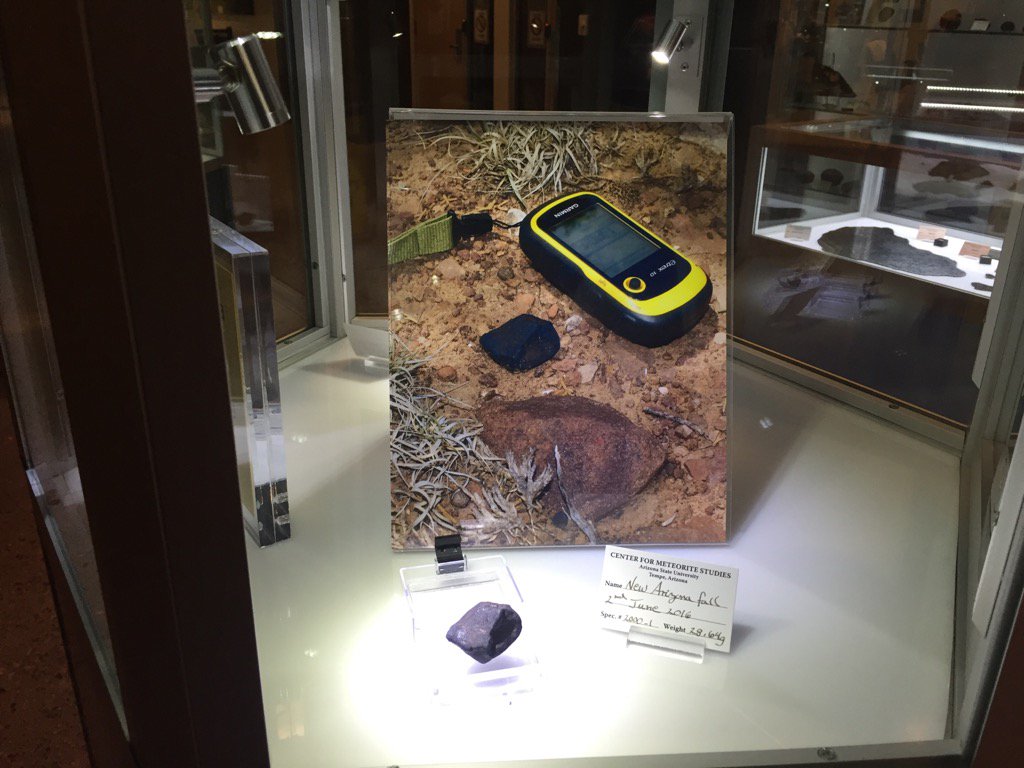
One large specimen (#2000.1 / 28.64 g) found on 2 June 2016 during first expedition on display at the CMS at ASU / Photo: Prajkta Mane

Two specimens (#2000.2 / 10.16 g and #2000.3 / 0.929 g) found on 2 June 2016 during the first expedition on display at the CMS at ASU / Photo: Prajkta Mane

Laurence Garvie, Prajkta Mane, Daniel Dunlap, Robert Ward, Mike Miller and Ruben Garcia. (left to right) / Image: ASU
Pictures of a 10.16 g specimen found by R. Garcia on 23 June , 2016 at location 33°53’0.48″N, 110°38’8.20″W: Side A Side B
The specimen appears to be the second largest find of the first search expedition. The third largest meteorite seems to to be a specimen of 9.36 grams.
The bolide
On 2 June 2016 at about 10:56:28 UTC (3:56:28 MST) a large fireball was seen and recorded by hundreds of people above Arizona, USA. According to current publicly available data the bolide reached its peak brightness at 10:56:32 UTC and was initially calculated to have radiated a total energy of 17.2e10 J and have a total impact energy of 0.49 kt. It is assumed that a meteoroid with a diameter of about 1-2 meters, a mass of a few tons and a kinetic energy of approximately half a kiloton entered the atmosphere and passed it with a speed of about 40,200 miles per hour. Based on AllSky-camera recordings of the Lowell Observatory (LO-CAMS) a preliminary trajectory was calculated. The luminous trail started twenty kilometers southwest of Holbrook above location 34.6507 N, 110.4828 W at an altitude of 107.4 km and reached the location above Heber-Overgaard (34.4087 N, 110.5587 W) at a height of 77.2 km. According to the Turkey Spring Observary camera data the bolide lit up four times: at 10:56:31.256 UTC, at 10:56:31.856 UTC at 10:56:32.458 UTC (peak brightness), and at 10:56:32.643 UTC. It’s peak brightness reached an apparent magnitude of -21.8. The bolide’s southbound luminous trail ended after about 7 seconds at a height of about 35 kilometers.
The bolide was recorded by eight cameras of the SkySentinel Allsky Camera Network in Arizona (Turkey Spring, Flagstaff, Parker) and New Mexico (2x Albuquerque, Las Cruces, Los Alamos, Lamy).
[wc_row][wc_column size=”one-half” position=”first”]
The KFSX S-band Doppler weather radar station of the National Weather Service’s (NWS) NEXRAD network, located at 34°34’28” N, 111°11’54 W, caught a signal at a distance of about 93.29 km. The data seemed to indicate that meteorites fell above the White Mountain Apache reservation near Salt River and Canyon Creek, somewhere near 33.874066, -110.632745, about 24 km southwest of Cibecue.
[wc_row][wc_column size=”one-half” position=”first”] [/wc_column][wc_column size=”one-half” position=”last”] [/wc_column][/wc_row]KFSX radar reflections in in Flagstaff, Arizona were first recorded at 10:57:12 UTC at an altitude of 9.7 km above sea level (ASL). Two additional radar sweeps recorded the event, at 11:01:14 UTC (5.1 km ASL) and 11:02:30 UTC (5.1 km ASL)
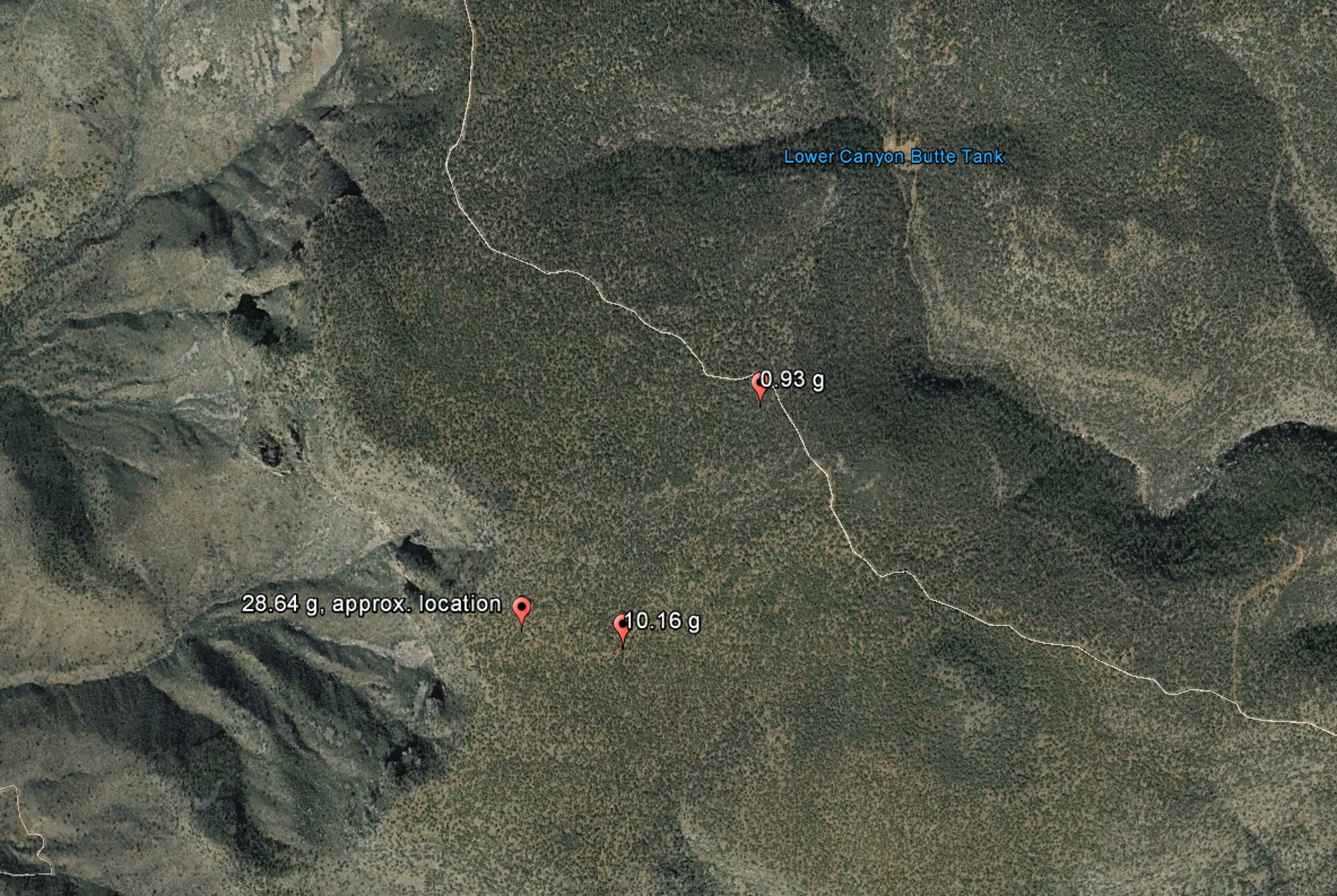
The fall location of three specimens: 0.93 g (33°53’19.7″ N, 110°37’55.0″ W), 10.16 g (33°53’0.48″N, 110°38’8.20″W), 28.64 g (~ 33°53’01.8″N 110°38’17.9″W)
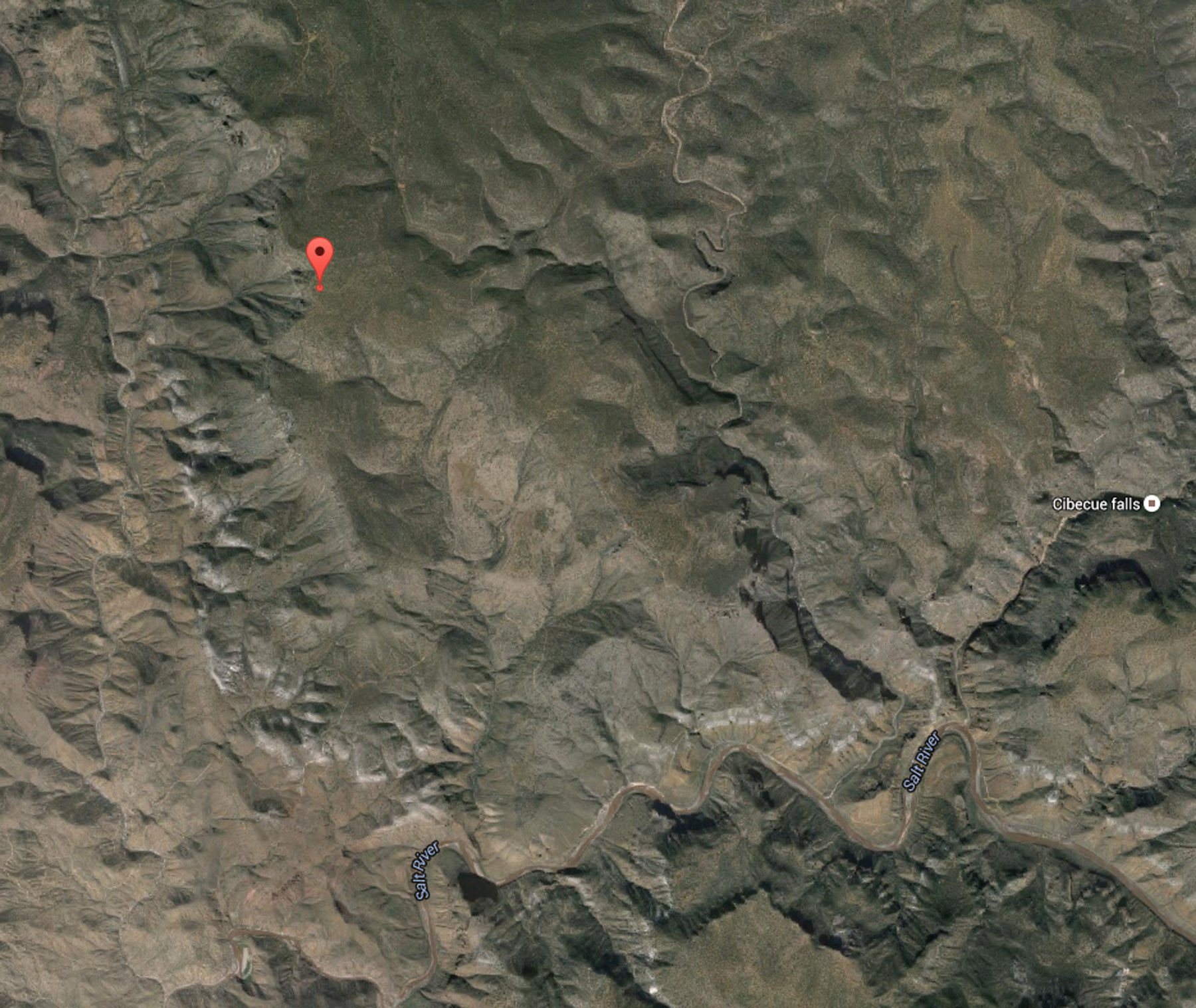
Area of possible strewnfield in Fort Apache Reservation (west of Canyon Creek, north of Salt River) with fall location of the 29.35 g mass
The Apache tribal police does not allow private meteorite hunters enter their territory without permission and charges fine of up to several hundred dollars per person. Meteorite hunters who arrived in the potential fall area on 3 June had to pay fines of up to a few hundred dollars. On 11 June it was announced that the researchers of Arizona State University’s Center for Meteorite Studies have received special permission to search for meteorites on the tribal land of the White Mountain Apache. The strewn field in the mountainous desert area was calculated to be about 8 miles long and one mile wide.
[wc_row][wc_column size=”one-half” position=”first”]
Bolide recorded by Harold Wagstaff in Needles, California.
Bolide recorded by PhoenixfireScan
Bolide recorded by Mark Olhava on the I40 highway eastbound.
Bolide recorded by Ian Schlueter from Cooper road and the 202 in Chandler, Arizona
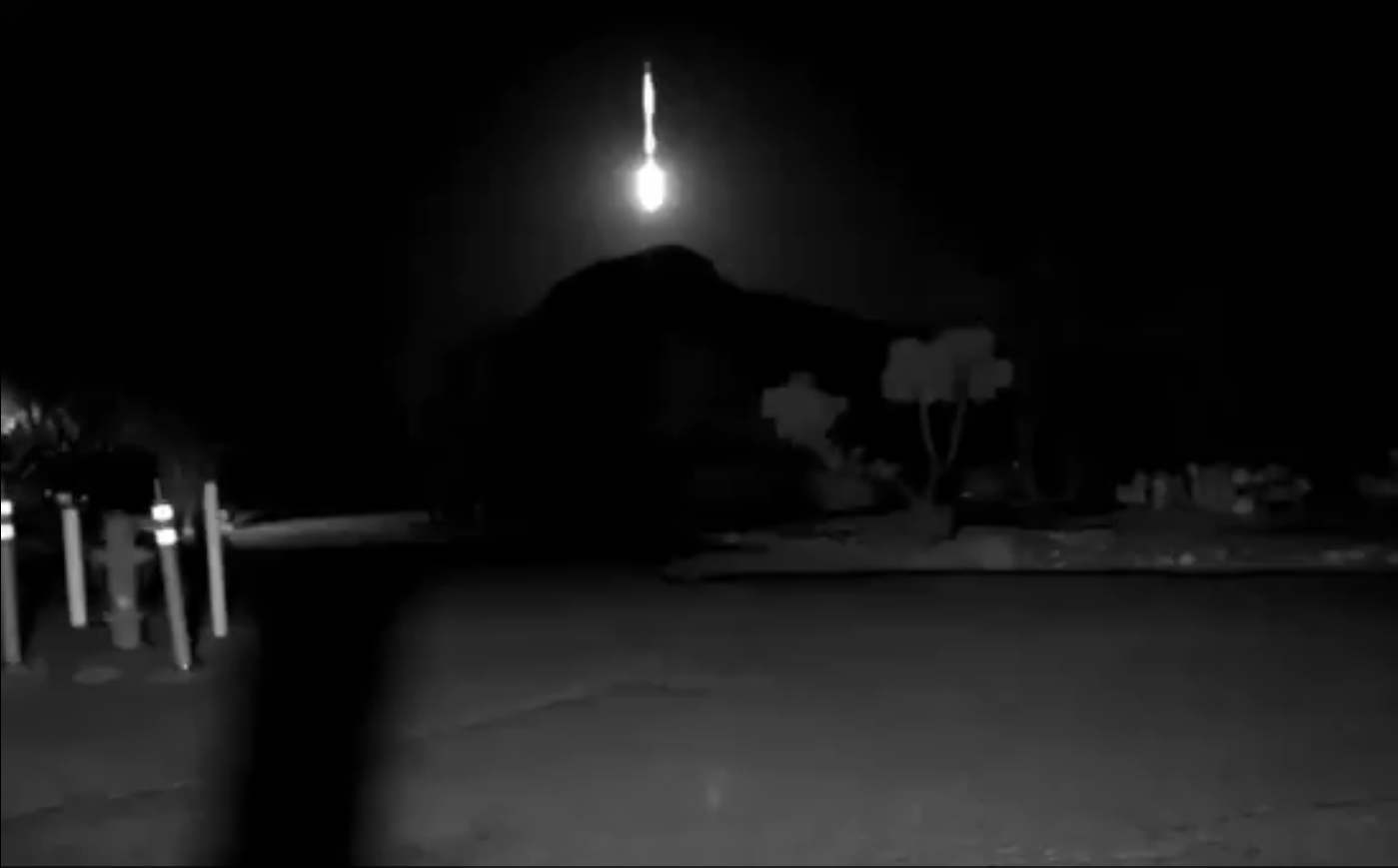
Bolide captured by security cam at Correctional Officer Academy in Tucson (32.240564, -111.084164 5601 W Trails End Rd, Tucson AZ 85745) — CLICK IMAGE TO VIEW VIDEO !
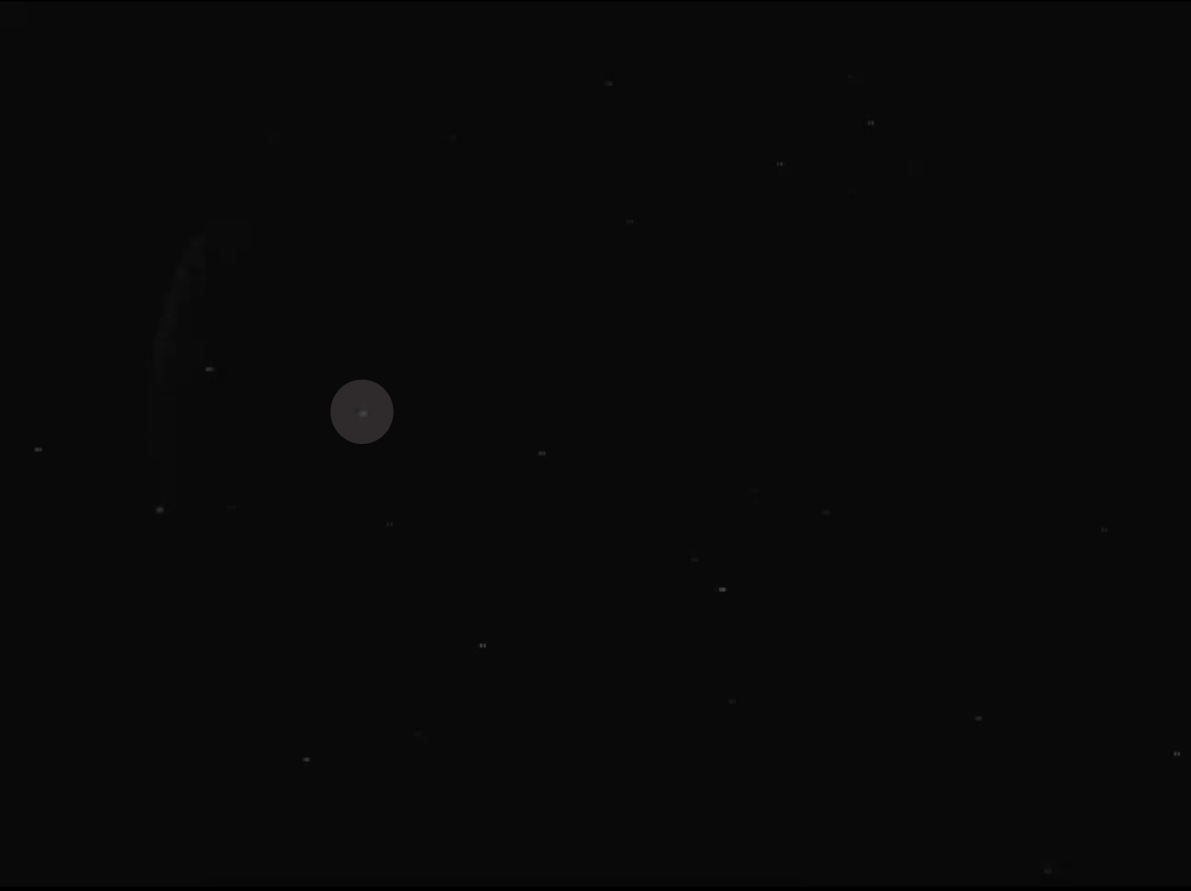
Beginning of luminous trail (centre of circle) recorded at Turkey Spring Observatory, Payson, AZ (34.233257, -111.300560) at 10-56-28.340 UTC / Image: SkySentinel, LLC
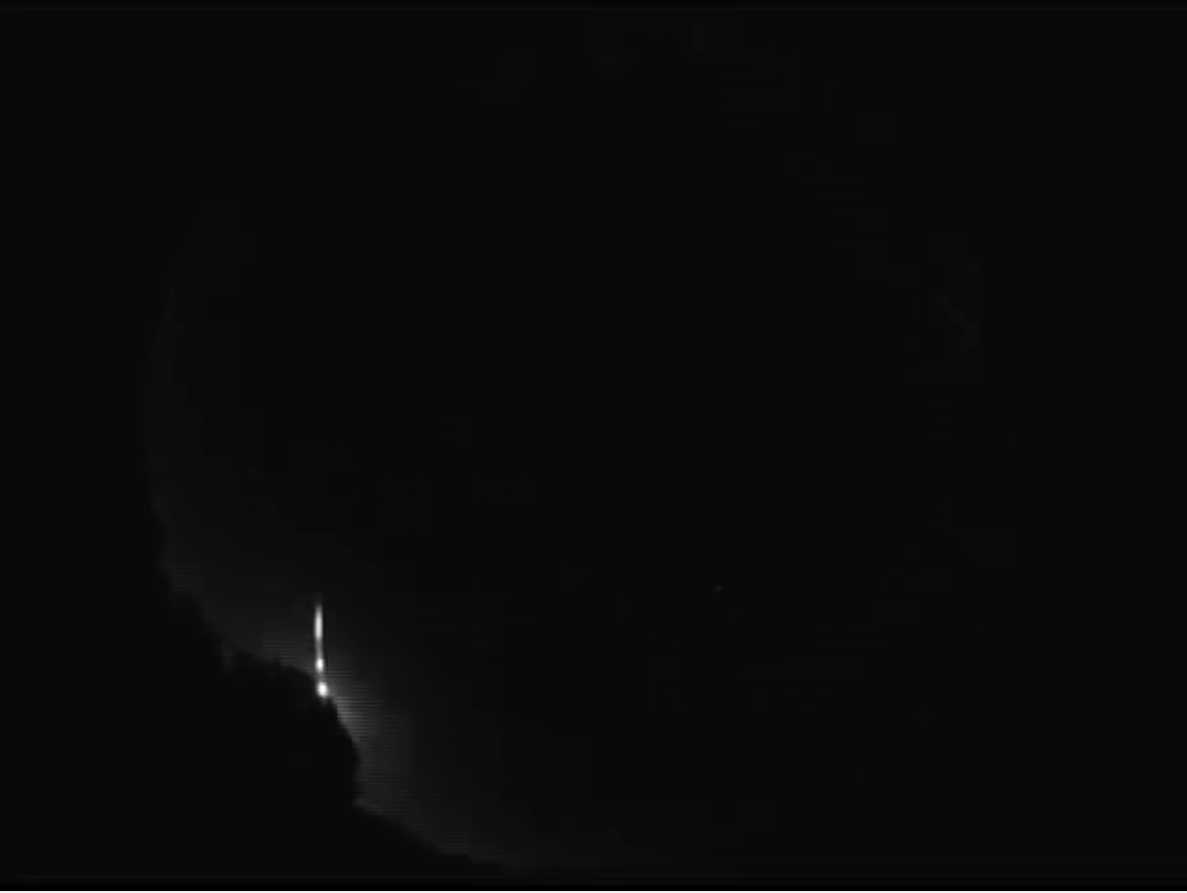
Luminous trail (partly hidden by tree) recorded at Turkey Spring Observatory, Payson, AZ (34.233257, -111.300560) / Image: SkySentinel, LLC
MEDIA COVERAGE
Interview with Laurence Garvie
(kjzz, 31 May 2017)
AUDIO (MP3)
(Video: Ken Fagan/ASU Now, 1 June 2017)
Tracking down the Arizona fireball (ASU Now, 28 June 2016)
ASU scientists recover meteorites in remote Arizona desert
11 June 2016 / Video: KPHO/KTVK (KPHO Broadcasting Corporation)

